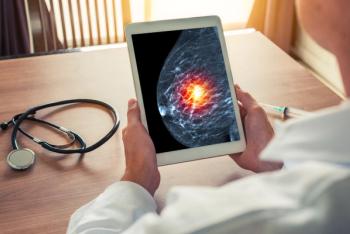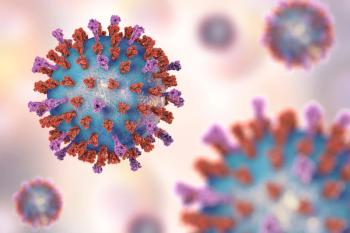
Team Effort Leads to Improved Cholesterol Levels in Patients with Diabetes
Telephone-based care enables pharmacists to reach more patients and take on a larger role in diabetes management.
With conditions like diabetes becoming more prevalent and health care resources already stretched thin, there is a growing need to develop new care models that can reach more patients without increasing the burden of providers.
A
These findings, according to lead investigator Ginger Pape, PharmD, BCPS, of Providence Medical Group in Portland, Oregon, represent a substantial opportunity for pharmacists, particularly as more patients begin to develop chronic diseases. “One of the challenges for pharmacists is to become an integral member of the care team,” she said. “Pharmacists do a lot in terms of chronic illness management and preventive care beyond diabetes, but I think probably the biggest hurdle is in gaining the respect of practitioners to become that real medication expert and become part of the care team.”
In the study, 6963 adults with diabetes cared for by 68 physicians in 9 clinics were assigned to a control group or intervention group. The intervention included remote physician-pharmacist team-based care focused on cholesterol management. Clinical pharmacists reviewed lab results measuring LDL-cholesterol, provided a recommendation, and sent it electronically to the physician, who could then either address the patient’s lipid management, or give the green light for the pharmacist to take action. Pharmacists used CareManager—an information technology tool that provides automated point-of-care prompts, a Web-based registry, and performance feedback with benchmarking—to triage the highest risk patients and reach out to them.
“Through this give-and-take of collaborative interaction and prompting of items that needed to be addressed, they touched a large number of patients,” said Dr. Pape.
According to the study, patients in the intervention group were more likely to reach LDL cholesterol goals (78% versus 50%), and their mean LDL cholesterol level was 12 mg/dL lower. The intervention group had a significantly higher rate of LDL cholesterol testing and a 15% higher rate of being prescribed a lipid-lowering drug, the authors found.
Involvement by pharmacists in “rigorously tracking and proactively reaching out to the physician and patient” proved to be game-changer, according to Dr. Pape. “Although pharmacists “only did the actual managing of lipids about 30% of the time,” she noted, what really made the difference was that pharmacists were able to take on the cases that physicians couldn’t.
Another key outcome of the study was the ease in which pharmacists and patients were able to establish relationships over the phone, she said. “We were concerned about how difficult it would be to develop a relationship with a patient you’ve never met in person and convince them that they need to start a medication, but we found this to be a non-issue over time.” And in fact, “It’s very possible to develop a care provider-patient relationship telephonically, and it can be very effective in care.”
Pharmacists found that they were able to reach more patients in a shorter period of time, and patients responded positively to being able to interact with a health care professionals without scheduling an office visit and shelling out a co-pay, the researchers founds.
“We added the ability to touch more patients more efficiently, and we started the conversation about developing a care team that didn’t always involved practicing care in person,” she said. “Those were probably the 2 things that set this apart from other pharmacist studies out there: the volume you can touch, and the development of the more electronic and virtual relationships of the team members and the interaction with the patient. That was really the premise for doing this—to see if we could extend the reach of the pharmacist beyond just that face-to-face encounter.”
After the study concluded, Providence Medical Group expanded the telephonic management model to other areas, including pain management, mental health, airway diseases, and cardiovascular disease.
“There’s a lot we can learn about trying to improve the different ways of touching people,” said Dr. Pape. “There are going to be so many more people in need of care for chronic diseases, and this opens up the door to a new model of care.”
For more information on the role of pharmacists in improving diabetes care:
- Americans Encouraged to Utilize Pharmacists to Control and Combat Diabetes Epidemic
- Type 2 Diabetes Mellitus: The Role of the Pharmacist in Minimizing the Risks of Hypoglycemia (CE)
- Diabetes Update for Pharmacists: Mechanisms of Blood Glucose Regulation by the Body (CE)
Newsletter
Stay informed on drug updates, treatment guidelines, and pharmacy practice trends—subscribe to Pharmacy Times for weekly clinical insights.




